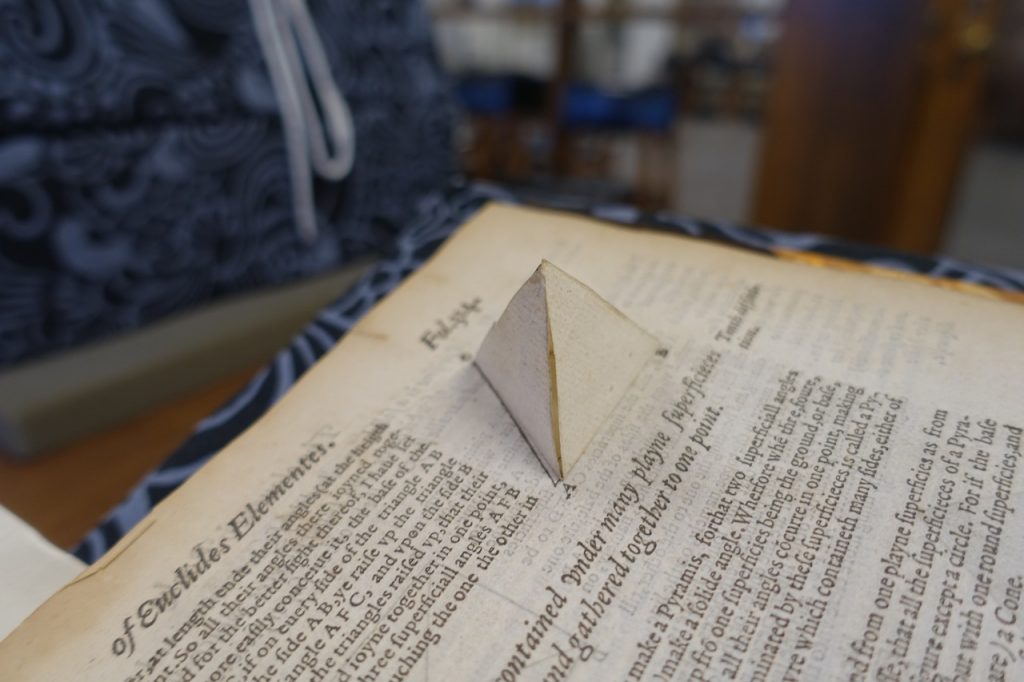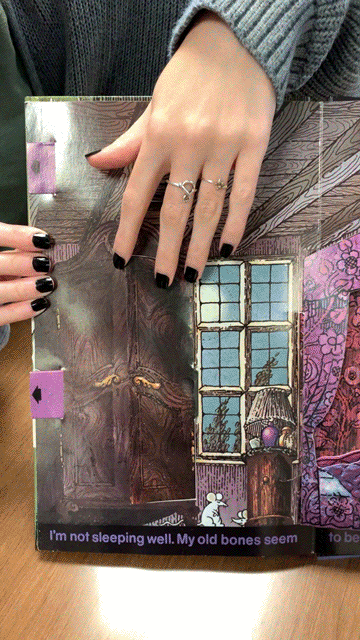Pop-up books, also known as movable books (the umbrella term encompassing pop-ups, tunnel books, volvelles, flaps, pull-tabs, pop-outs, pull downs, and more), have been around for centuries. Children, however, were not the target audience until the late 18th century. Prior to then, the audience was primarily adults, and usually with a scholarly purpose. Authors would make pop-up books to help them illustrate points on topics like anatomy, astronomical predictions, and mathematics.

While the first movable book was produced in the United States in 1880, it wasn’t until the 1960s that they really became popular. Waldo Hunt, known as “the father of the modern pop-up book industry” and “king of the pop-ups,” started out by making movable advertisements for magazines before venturing into children’s books in the 1960s with the creation of publishing company. By 1996, he had published over 1000 movable books under his publishing company, Intervisual Books.

One of the books published in that time was Haunted House by Jan Pieńkowski (1979) [shelfmark: Q. SE.P597h]. Not only was this book very successful commercially, selling over 1 million copies in 13 languages in over 25 countries, but it also won a Kate Greenaway Medal in 1979. The Kate Greenaway Medal is “a British literary award that annually recognizes ‘distinguished illustration in a book for children.’”
Pieńkowski’s book is one of several Halloween-themed movable books housed in the Rare Book and Manuscript Library. While some are traditional pop-up books in the sense that they have three-dimensional elements and pages, others include movable elements (such as a hand on a clock) or shadow screens (if you shine a flashlight through the shadow screen in the book, a spooky shadow will be cast upon your wall).